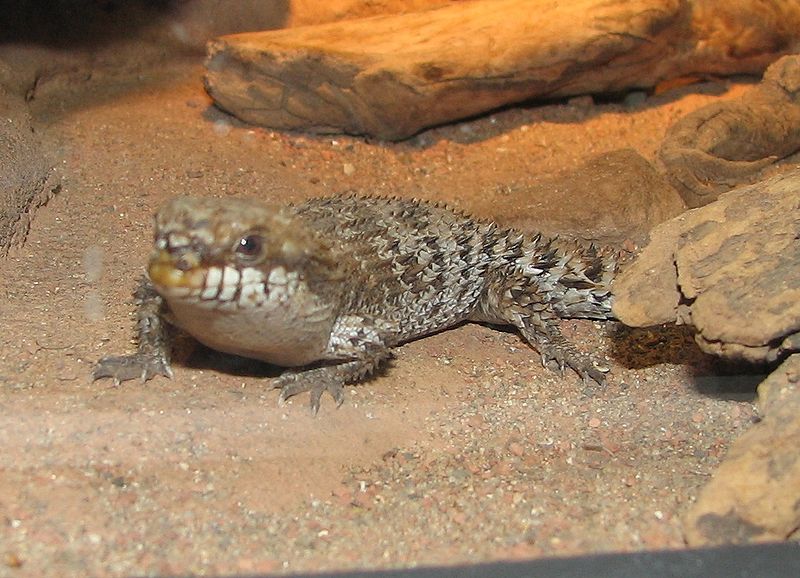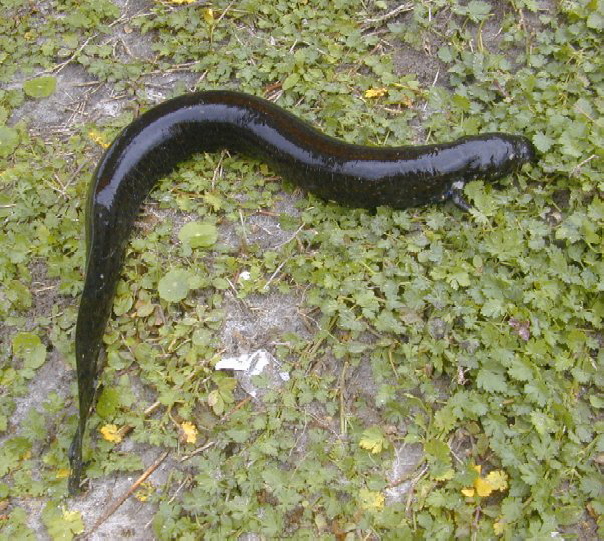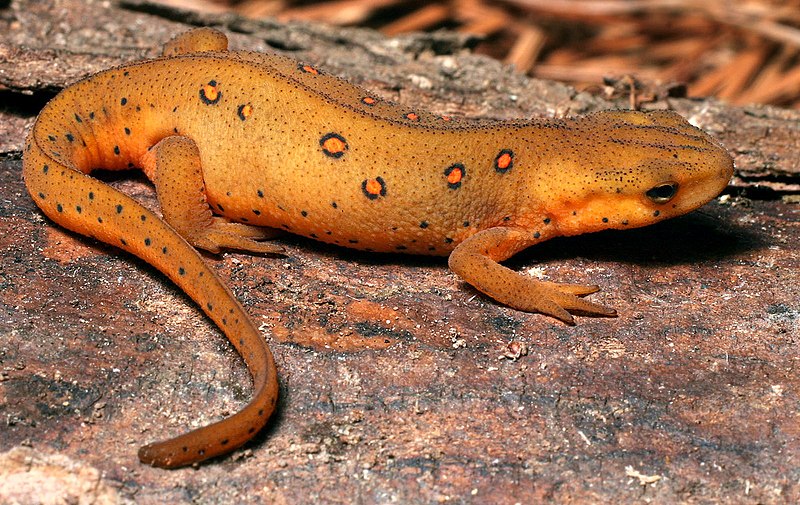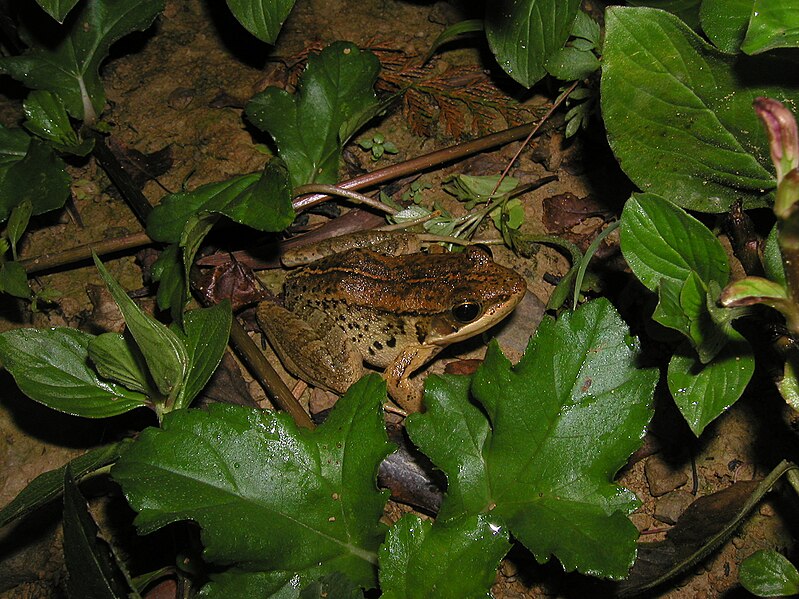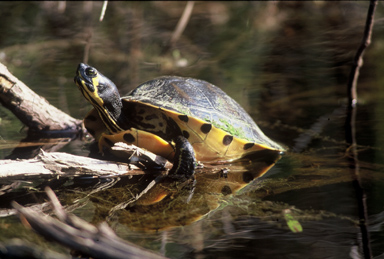 Turtles that split their time between land and water are among the world’s most popular reptilian pets. Cooters, Red-Bellied Turtles, Yellow-Bellied Sliders, Reeve’s Turtles, Red-Headed Sidenecks and many other species can also be kept as described below. Please write in for specific information on these and other turtles.
Turtles that split their time between land and water are among the world’s most popular reptilian pets. Cooters, Red-Bellied Turtles, Yellow-Bellied Sliders, Reeve’s Turtles, Red-Headed Sidenecks and many other species can also be kept as described below. Please write in for specific information on these and other turtles.
Natural History
The Red-Eared Slider, Trachemys scripta elegans, is bred in the millions on farms in the American Southeast. Unfortunately, their needs are often not appreciated by new owners, who are usually surprised at how quickly their pets grow. However, assuming that you plan for its size and 30+ year lifespan, the Slider makes a wonderfully-responsive pet. Read More »
 That Reptile Blog – Reptile, Amphibian and Exotic Pet Care and Information
That Reptile Blog – Reptile, Amphibian and Exotic Pet Care and Information

